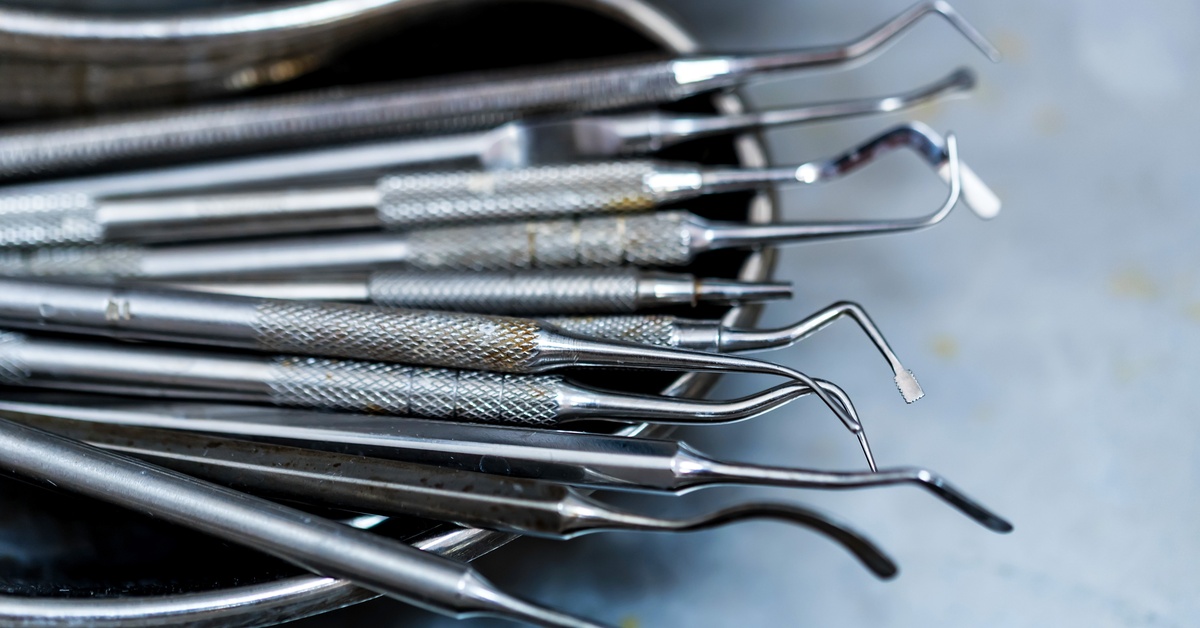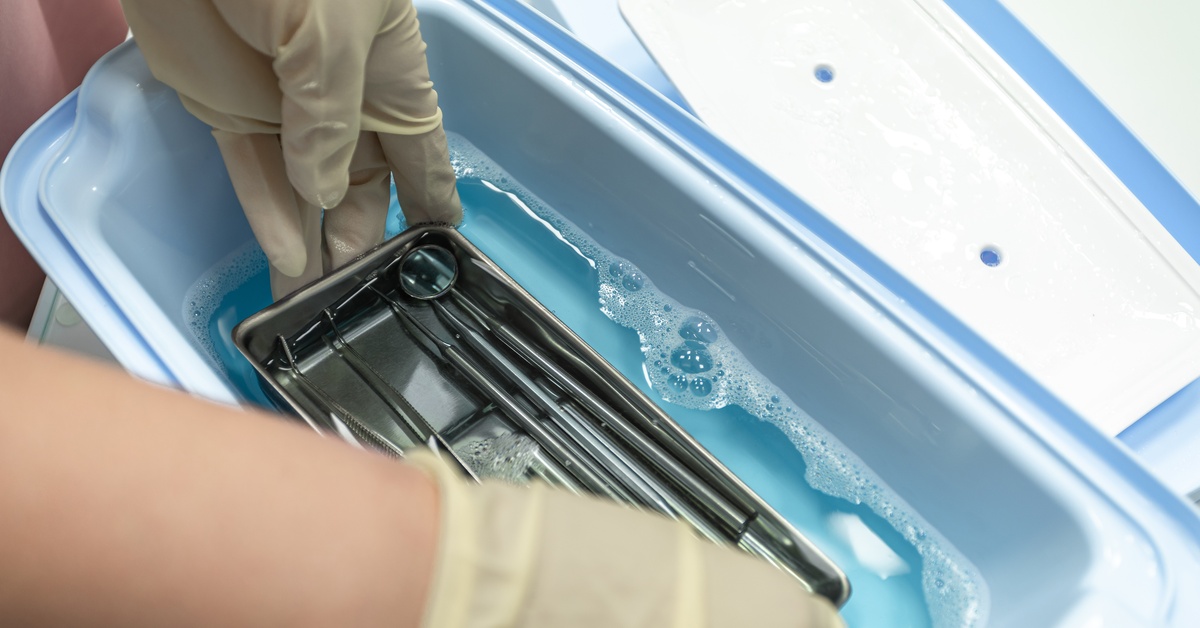Reusable medical devices play a vital role in modern healthcare, offering both cost-effectiveness and environmental benefits. However, their repeated use presents a significant challenge that demands attention—proper cleaning.
Deep cleaning reusable devices is not just about adhering to regulations and maintaining functionality; it’s about protecting patient safety and preserving device efficacy with each use. This article breaks down the process of deep cleaning reusable devices and explains why it is a crucial step in the reprocessing cycle.
The Role of Cleaning in Reprocessing
Cleaning is a critical stage of medical device reprocessing. It takes place after the initial point-of-use treatment and lays the foundation for every other step in the process, including sterilization and disinfection. Cleaning sets the stage for safe handling of devices, establishing a framework that minimizes the potential for contamination.
This stage is not only crucial for preventing the spread of harmful microorganisms but also essential for preserving devices’ structural integrity. Residues from previous procedures interfere with a device’s functionality and longevity, making thorough cleaning a critical preventive measure. Reprocessing teams must execute this step carefully to ensure each device is fully prepped for subsequent procedures, creating a safe environment for both staff and patients.
Cleaning vs Sterilization
While cleaning and sterilization are often discussed together, they serve very different purposes within the reprocessing cycle. Cleaning focuses on removing visible contaminants such as blood, tissue, and other debris from the surfaces of reusable devices. It involves physically clearing these contaminants using specific tools and techniques as prescribed in the manufacturer’s instructions.
Sterilization, on the other hand, is concerned with killing all microorganisms, including bacteria, viruses, and fungi, to make the device completely safe for reuse. Unlike cleaning, which works primarily on visible matter, sterilization targets invisible pathogens. However, a well-executed cleaning stage is integral to the success of later reprocessing steps because inadequate cleaning can shield microorganisms from the effects of sterilization, reducing overall effectiveness.
Removing Visible Contaminants
The primary objective of cleaning is to remove all visible contaminants from the device. Organic matter, such as blood, tissue, and bodily fluids, must be cleared away to prepare the device for subsequent reprocessing stages. This step is more than just surface-level cleaning; devices often feature intricate designs with small crevices and tight spaces that make cleaning particularly challenging.
A comprehensive cleaning stage removes all visible residue from the device, reducing the risk of materials hardening or building up on the device over time. Cleaning not only maintains the appearance of the equipment but also creates the foundation for its functionality and extended lifespan.
Preventing the Spread of Microorganisms
Deep cleaning also plays an instrumental role in halting the spread of microorganisms. Residual organic material left on a reusable device serves as a breeding ground for bacteria and other pathogens. Without proper cleaning, these microorganisms can cross-contaminate other instruments, environments, or people who come in contact with the device.
By thoroughly removing visible contaminants and reducing microbial presence, cleaning allows devices to be handled safely throughout all subsequent stages of reprocessing. This thoroughness allows staff to work confidently with equipment that poses no immediate safety threats to themselves or the surrounding environment. This highlights the importance of stringent cleaning practices, as even the smallest oversight can compromise the process and put lives at risk.
Enabling More Thorough Sterilization
An effective cleaning process is the bedrock for achieving successful sterilization. Residual contaminants act as a barrier that prevents sterilizing agents from reaching all device surfaces. When contaminants like organic matter or biofilms remain, sterilization methods, including steam, ethylene oxide, hydrogen peroxide or chemical disinfectants, may fail to eradicate pathogens completely.
A meticulously cleaned device provides a smooth, exposed surface for sterilization to be carried out thoroughly. This ensures a stronger sterilization cycle to eliminate pathogens. By prioritizing cleaning, reprocessing teams maximize sterilization effectiveness, ultimately enhancing patient safety and device reliability.
Common Cleaning Procedures
The process of deep cleaning reusable medical devices is highly detailed and requires strict adherence to the manufacturer’s instructions for use. These instructions provide a step-by-step guide that benefits both effectiveness and compliance with industry standards.
One common technique involves soaking devices in enzymatic detergents, which helps break down proteins and organic debris attached to the device. Submerging devices in warm water is another frequent practice that helps to loosen stubborn particles and prepare the surface for more detailed cleaning.
Instructions might also list specific tools, such as lint-free towels, fine brushes, and sponges, to remove any material left behind. Cleaning teams need to choose their equipment carefully and ensure that all tools are compatible with the materials and structure of the reusable device.
Best Practices for Effective Cleaning
For optimal results, cleaning teams should follow a set of best practices designed for deep cleaning reusable devices. First and foremost, they must exclusively use tools and techniques outlined by the manufacturer. Deviations from these instructions may compromise the cleaning process and potentially damage the device.
Rinse water requires regular replacement during the cleaning process to avoid cross-contamination. Rinsing with dirty water can nullify previous cleaning efforts and reintroduce pathogens. Every tool used in cleaning, such as brushes or towels, requires a thorough inspection to ensure it is in good condition and free of lint or residue. Faulty or dirty tools can compromise cleanliness and obstruct the effectiveness of sterilization and disinfection steps later on.
A final rinse with critical (purified) water represents a crucial step in most cleaning protocols. This eliminates any detergent residues, further contaminants, or debris dislodged during cleaning. Some devices may even require special care in areas like joints, hinges, or channels, reinforcing the importance of thorough cleaning at every step.
Another critical element is ensuring that staff members receive appropriate training and certification. They need to thoroughly understand the cleaning requirements for each reusable device they handle, from the tools required to the specific techniques and timing. This knowledge ensures consistency and compliance across the cleaning process, reducing the potential for error.
The Importance of Deep Cleaning for Success
Deep cleaning reusable devices is an essential part of the medical device reprocessing cycle. Its role in removing visible contaminants, preventing cross-contamination, and enabling effective sterilization cannot be understated. Manufacturers must provide thorough and effective cleaning instructions as part of a reliable and safe reprocessing procedure for their devices.
If you need validation tests for cleaning reusable medical devices, turn to the experts at Highpower. We offer a versatile range of tests that follow AAMI TIR12, AAMI ST-98, and FDA guidelines. Learn more about our cleaning validation services at Highpower today.


